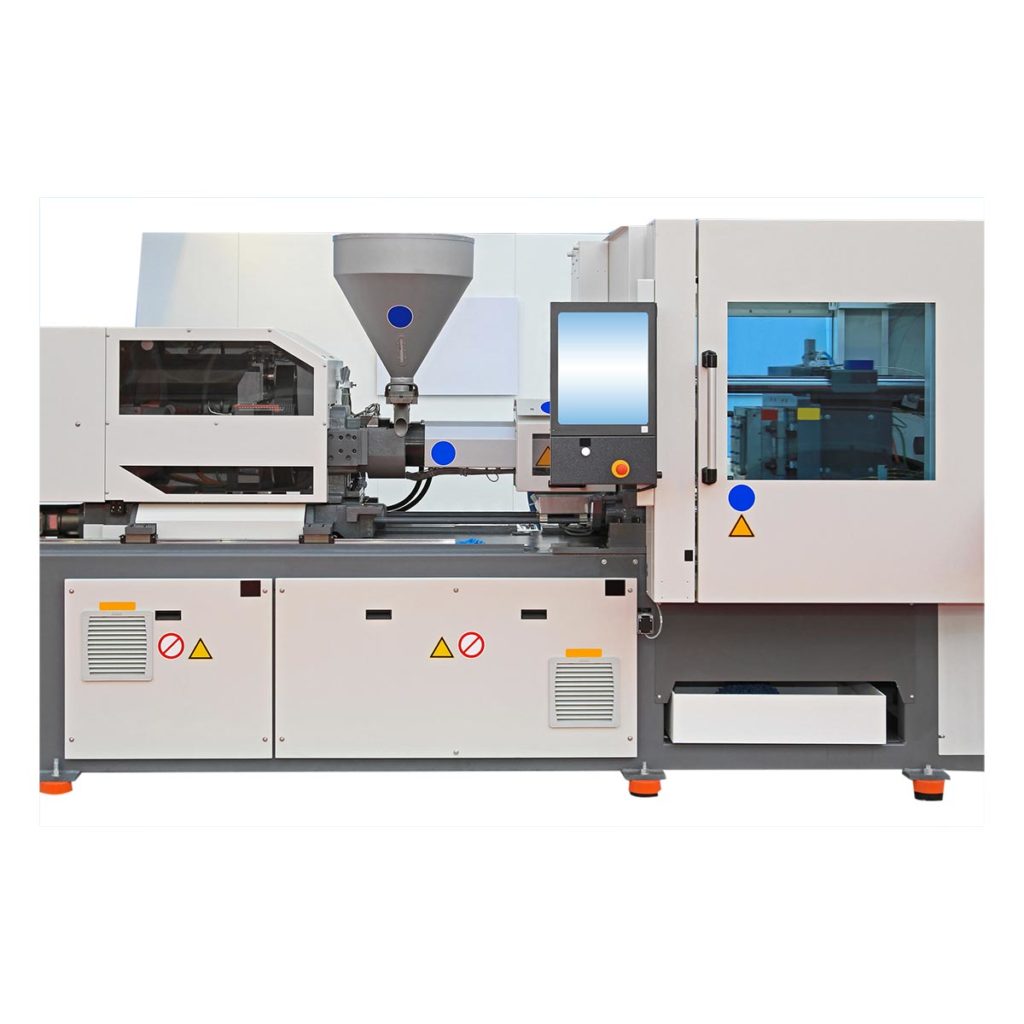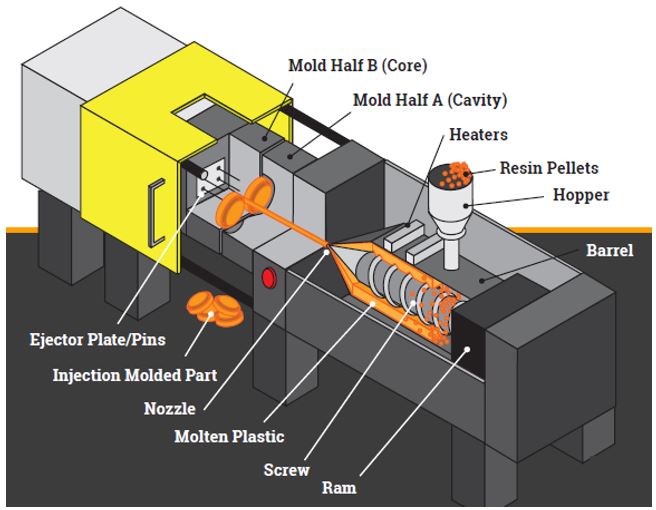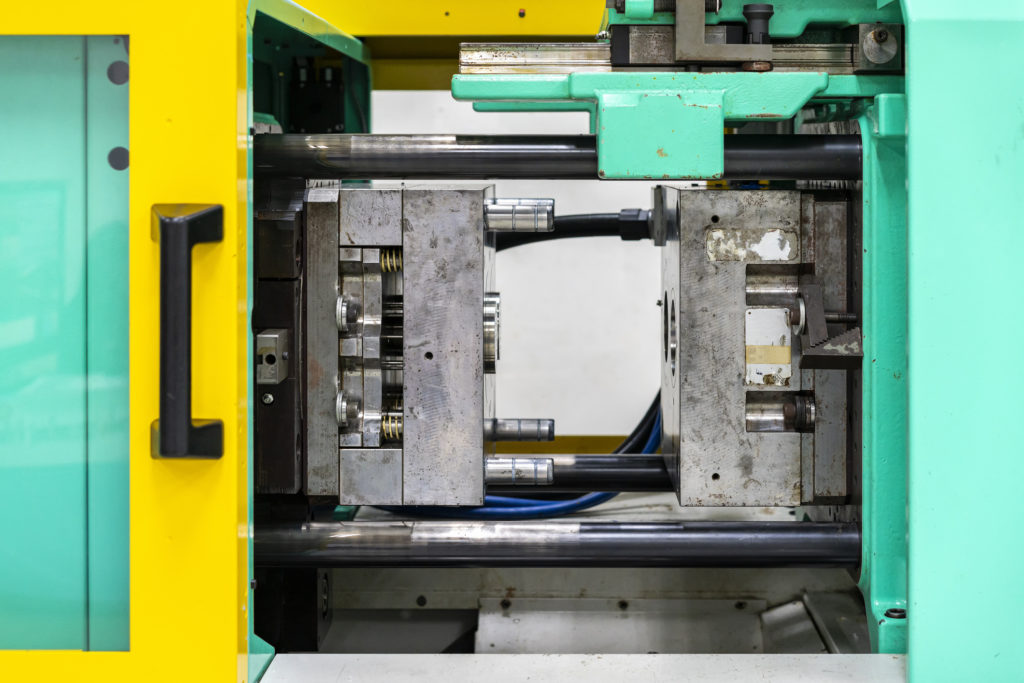Recognizing the Plastic Injection Molding Process for High-Quality Manufacturing
Recognizing the Plastic Injection Molding Process for High-Quality Manufacturing
Blog Article
Comprehending the Fundamentals of Plastic Injection Molding Procedures
Plastic injection molding works as a foundation of modern production, providing a methodical strategy to creating complicated components with precision. This procedure not only incorporates the basic actions of melting and injecting products into mold and mildews however likewise includes a nuanced understanding of various affecting variables, such as temperature level and stress. As industries significantly require performance and top quality, the details of this technique become more crucial. Discovering these vital components can expose exactly how even minor changes can result in significant improvements in production end results, questioning about the possibility for advancement in this well established process.
What Is Plastic Shot Molding?
Plastic injection molding is a widely made use of manufacturing procedure that transforms thermoplastic and thermosetting products into accurate and complicated shapes. This strategy is preferred for its capacity to produce high quantities of identical parts with outstanding accuracy, making it a crucial technique in different markets, consisting of automotive, durable goods, and medical gadgets.
The procedure includes thawing the selected plastic product and infusing it right into a mold and mildew under high stress. The mold and mildew, designed to the specifications of the preferred component, permits the molten plastic to materialize as it cools down and strengthens. As soon as the material has actually hardened, the mold and mildew is opened up, and the ended up part is ejected.
Plastic injection molding supplies numerous advantages, including reduced waste, uniformity in manufacturing, and the ability to include detailed layouts that might be challenging with other producing approaches. In addition, it sustains a broad range of products, each supplying distinct residential or commercial properties that can be tailored for certain applications. As sectors proceed to innovate, plastic shot molding remains at the forefront, enabling the advancement of advanced items that fulfill progressing customer demands.
The Injection Molding Process
The shot molding process is a sophisticated method that involves numerous crucial phases to create high-quality plastic components. Originally, plastic pellets are fed into a heated barrel where they are melted into a viscous fluid. This molten plastic is after that infused under high pressure into a precision-engineered mold and mildew, which shapes the product into the preferred form.
When the mold is filled up, the plastic is enabled to strengthen and cool down, taking the shape of the mold cavity. Cooling time is essential, as it influences the cycle time and the last residential properties of the molded component. After sufficient air conditioning, the mold opens up, and the completed part is expelled making use of ejector pins.

Products Utilized in Injection Molding
Numerous materials can be used in the injection molding process, each offering one-of-a-kind residential properties that accommodate particular applications. The most frequently used products consist of thermoplastics, thermosetting plastics, and elastomers.

Thermosetting plastics, like epoxy and phenolic materials, undergo a chemical adjustment during the healing process, causing an inflexible, stringent framework. These products are ideal for applications needing high heat resistance and structural integrity, frequently utilized in automotive parts and electric insulators.
Elastomers, consisting of silicone and rubber-based materials, supply versatility and strength. Their unique buildings make them suitable for applications that require flexibility, such as seals and gaskets.
In addition, specialized products like bio-based plastics and composites are obtaining traction for their environmental benefits and boosted performance qualities, expanding the range of shot molding applications in numerous sectors. Comprehending the residential properties of these materials is essential for choosing the ideal kind for particular projects.
Benefits of Injection Molding
Injection molding sticks out as an extremely effective manufacturing procedure that uses various advantages for creating complex get rid of accuracy. Among the most significant advantages is the capacity to create detailed designs that would certainly be difficult or impossible to accomplish with various other methods (Plastic Injection Molding). The process permits comprehensive attributes and tight tolerances, making certain premium elements
In addition, injection molding is understood for its quick manufacturing capacities, making it an excellent selection for high-volume manufacturing. As soon as the mold is created, parts can be generated quickly, reducing preparations and raising total productivity. This efficiency not only reduces manufacturing expenses but likewise offers an affordable edge in the market.
The flexibility of products made use of in injection molding better improves its charm. A vast array of thermoplastics and thermosetting polymers can be used, allowing makers to choose materials that best satisfy their certain demands, including stamina, heat, and versatility resistance.
Moreover, the process decreases waste, as excess material can frequently be recycled and recycled. This sustainability element adds to a minimized environmental impact, making shot molding an accountable manufacturing choice. Generally, the advantages of injection molding make it a recommended technique for lots of sectors.
Variables Affecting Product Quality
While numerous variables can influence item quality in shot molding, comprehending these aspects is vital for attaining optimum results. Secret elements include material choice, refining parameters, and mold and mildew style.
Material choice plays an essential role, as different polymers exhibit one-of-a-kind residential or commercial properties that impact flowability, stamina, and thermal security. Insufficient material option can bring about problems such as warping or insufficient filling.
Processing criteria, including stress, temperature level, and cycle time, should be thoroughly webpage managed. Variations in these setups can cause variances partially measurements and surface area coating. For example, excessively heats might cause destruction of the polymer, while inadequate stress can result in brief shots.
Mold design is similarly important, as it figures out the flow of the molten plastic and the cooling procedure. Inadequately designed molds might cause uneven cooling prices, causing recurring anxieties and dimensional mistakes.

Conclusion
In verdict, plastic shot molding acts as an important production process that makes it possible for the effective production of top notch parts. Proficiency of the shot molding process, including the understanding of products and the impact of various aspects on item quality, is crucial for attaining optimal results. The advantages of this method, such as you could look here cost-effectiveness and style versatility, additional emphasize its significance throughout several markets, strengthening its standing as a favored choice for high-volume manufacturing.
Plastic injection molding serves as a keystone of contemporary production, providing a systematic strategy to generating complicated components with accuracy.Plastic shot molding offers like it a number of advantages, including decreased waste, uniformity in manufacturing, and the ability to integrate detailed styles that may be testing with other making approaches (Plastic Injection Molding). As sectors proceed to introduce, plastic injection molding stays at the forefront, allowing the growth of sophisticated items that fulfill developing customer demands
The shot molding process is an advanced strategy that involves numerous vital phases to create premium plastic components.In final thought, plastic injection molding offers as an important production process that makes it possible for the effective production of top notch parts.
Report this page